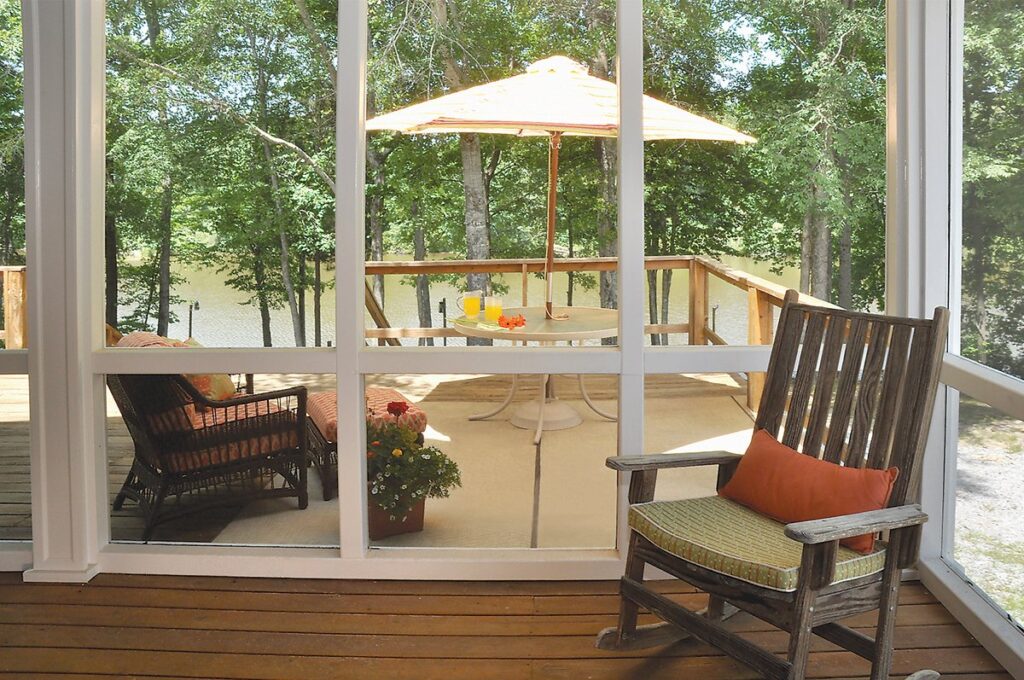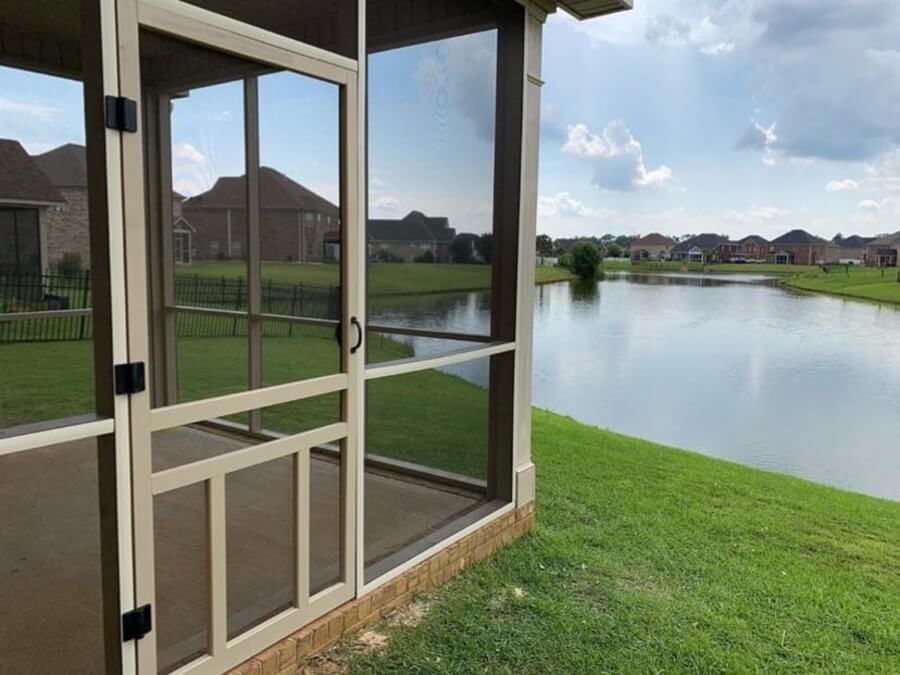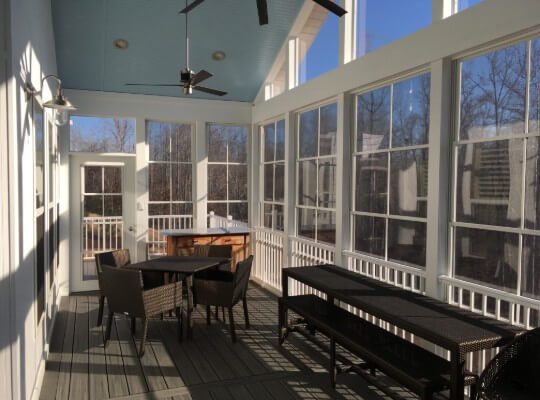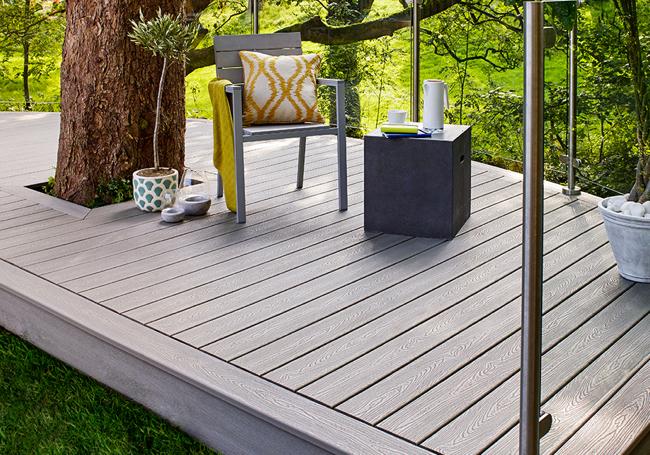Build a Screened-In Porch: Best Products, Benefits, and Step-by-Step Guide for Creating Your Perfect Outdoor Space

A screened-in porch can transform your home, creating a relaxing space to enjoy the outdoors while staying protected from the elements. Whether you’re looking to enhance your backyard or add value to your property, building a screened-in porch is a project worth considering. In this article, we’ll guide you through everything you need to know, including the best products to use, their benefits, and step-by-step instructions for building your screened-in porch.
Why Build a Screened-in Porch?
A screened-in porch is more than just an outdoor extension of your home. It offers a combination of fresh air, natural light, and protection from bugs, rain, and debris. Here are some reasons why many homeowners opt to :
Benefits of a Screened-In Porch
- Protection from Insects and Weather: With a screened-in porch, you can enjoy the outdoors without worrying about mosquitoes, flies, or rain. This allows for year-round enjoyment.
- Increased Home Value: A well-built screened-in porch adds square footage and aesthetic appeal to your home, increasing its overall value.
- Enhanced Outdoor Living: A screened porch provides a comfortable, shaded space for relaxation, dining, or entertaining, all while staying connected to nature.
Best Products for Building a Screened-In Porch
When building a screened-in porch, the materials and products you choose will determine the durability and functionality of the space. Below are the best products to consider for your project, along with detailed information on each.
1. Phifer BetterVue Screen Mesh

- Phifer BetterVue Screen Mesh is one of the top choices for homeowners looking to screen their porches. This mesh is designed to provide superior visibility, allowing more natural light and airflow into your porch while keeping insects out.
- Benefits: Excellent visibility: The fine mesh allows you to enjoy clear outdoor views without obstruction. Durable and weather-resistant: Built to withstand the elements, Phifer BetterVue Mesh is resistant to damage from weather, pets, and debris.
- Easy installation: The flexible mesh is easy to work with, making it ideal for DIY projects.
- Use Case: Phifer BetterVue Screen Mesh is perfect for homeowners who want a durable, insect-resistant screen with maximum visibility. It’s especially useful in areas with high insect activity or where outdoor views are a key focus.
- How to Buy: Available at hardware stores and online retailers. Buy Phifer BetterVue Mesh.
2. Screen Tight Porch Screening System

- The Screen Tight Porch Screening System is an innovative porch screening solution that uses a base and cap system to secure the screen mesh. This method ensures a neat, professional finish while allowing for easy screen replacements in the future.
- Benefits: Simple installation: The base and cap system is easy to install and allows for screen replacements without removing the entire frame.Clean, professional look: The system hides staples and creates a sleek, finished look around your porch.
- Long-lasting: Made from UV-resistant and weatherproof materials, this system offers long-lasting durability even in harsh conditions.
- Use Case: The Screen Tight System is ideal for DIYers looking for a professional-grade solution to screen their porch. It’s great for homeowners who want the flexibility to replace or upgrade screens without much hassle.
- How to Buy: This system is available at local hardware stores and online. Buy Screen Tight System.
3. Eze-Breeze Sliding Panels

- Eze-Breeze Sliding Panels are a popular choice for homeowners who want the flexibility of both open-air
- Benefits:Versatility: Eze-Breeze panels can be slid open to enjoy fresh air or closed to protect against wind, rain, and insects.
- Customizable: The panels are available in a range of sizes, tints, and colors, allowing you to match your porch design perfectly. Durability: Made from strong, lightweight materials, these panels are built to withstand the elements while offering long-lasting use.
- Use Case: Eze-Breeze panels are perfect for homeowners looking for a screened porch with the added option of closing off the space during inclement weather. It’s ideal for areas with changing seasons.
- How to Buy: Available through select dealers and online. Buy Eze-Breeze Panels.
4. Simpson Strong-Tie Post Base
- The Simpson Strong-Tie Post Base is a critical component in ensuring the structural integrity of your screened-in porch. These post bases secure the vertical posts to the deck or porch foundation, providing a strong, stable framework.
- Benefits: Structural support: The post bases ensure your porch remains stable and secure, preventing shifting or sagging.Corrosion-resistant: Made from galvanized steel, these post bases resist corrosion, making them perfect for outdoor use.
- Easy installation: Designed for DIY projects, these bases are simple to install and offer long-lasting durability.
- Use Case: Simpson Strong-Tie Post Bases are essential for homeowners building a screened-in porch from the ground up. They provide critical support to ensure the porch remains structurally sound.
- How to Buy: Available at major home improvement stores and online. Buy Simpson Strong-Tie Post Base.
5. Trex Transcend Composite Decking

- Trex Transcend Composite Decking is a premium option for homeowners who want a beautiful, low-maintenance flooring option for their screened-in porch. Made from high-performance composite materials, Trex decking is durable, fade-resistant, and requires minimal upkeep.
- Benefits: Low maintenance: Unlike wood, composite decking doesn’t need to be sanded, stained, or painted.Weather-resistant: Trex decking resists fading, scratching, and mold, making it perfect for outdoor use.Eco-friendly: Made from 95% recycled materials, Trex decking is an environmentally friendly choice for your porch.
- Use Case: Trex Transcend Composite Decking is ideal for homeowners who want a long-lasting, maintenance-free deck for their screened-in porch. It’s especially useful in climates with extreme weather conditions.
- How to Buy: Available at home improvement stores and through online retailers. Buy Trex Composite Decking.
Step-by-Step Guide to Building a Screened-In Porch
Building a screened-in porch may seem like a challenging project, but with the right materials and plan, it can be completed successfully as a DIY project. Below is a step-by-step guide to help you through the process.
1. Plan and Measure Your Porch
Before starting your project, carefully plan the design and size of your screened-in porch. Consider factors like how much space you need, the type of screens and flooring you want, and any additional features (such as lighting or fans).
- Tip: Make sure to check with your local building department to ensure you meet any zoning or permit requirements.
2. Build the Foundation
The foundation of your porch is crucial to its stability. Most screened-in porches are built on an existing deck or concrete slab, but if you’re starting from scratch, you’ll need to create a foundation with concrete footings and posts.
- Tip: Use Simpson Strong-Tie Post Bases to secure the vertical posts to the foundation for added stability.
3. Install the Frame
Next, build the framework for the porch using pressure-treated lumber. This includes the vertical posts, cross beams, and roof supports. Make sure everything is level and securely fastened.
- Tip: A solid frame is essential for the durability of your porch, especially if you’re in an area with high winds or heavy snow.
4. Attach the Screens
After the frame is complete, attach the screen mesh to the vertical posts. Use a system like Screen Tight for a neat, professional finish. Ensure that the screens are taut and securely fastened to prevent sagging.
- Tip: For areas with high insect activity, consider using Phifer BetterVue Screen Mesh for extra protection without sacrificing visibility.
5. Add Finishing Touches
Finish your screened-in porch by installing flooring, such as composite decking, and adding decorative touches like outdoor furniture, lighting, and ceiling fans. You can also add sliding panels, like Eze-Breeze, for additional weather protection.
- Tip: Trex Transcend Composite Decking is a great choice for low-maintenance flooring that looks stunning year after year.
Benefits of Building a Screened-In Porch
Year-Round Enjoyment
A screened-in porch allows you to enjoy your outdoor space year-round, whether it’s raining, windy, or buggy. By using durable materials like Phifer mesh and Trex decking, you’ll have a long-lasting, comfortable space for relaxing, entertaining, or dining outdoors.
Increased Property Value
A well-constructed screened-in porch adds significant value to your home. Potential buyers are drawn to outdoor living spaces, and a screened-in porch is an attractive feature that enhances curb appeal and functionality.
FAQ
1. How much does it cost?
The cost of building a screened-in porch depends on the size and materials used. On average, expect to spend between $10,000 and $30,000 for a complete build.
2. Can I build a screened-in myself?
Yes, with the right tools and materials, building a screened-in porch is a feasible DIY project. However, you may need to hire professionals for certain aspects, such as electrical work.
3. What is the best screen material for a screened-in porch?
Phifer BetterVue Mesh is a top choice for screen material, offering durability, weather resistance, and superior visibility.
Comments are closed.